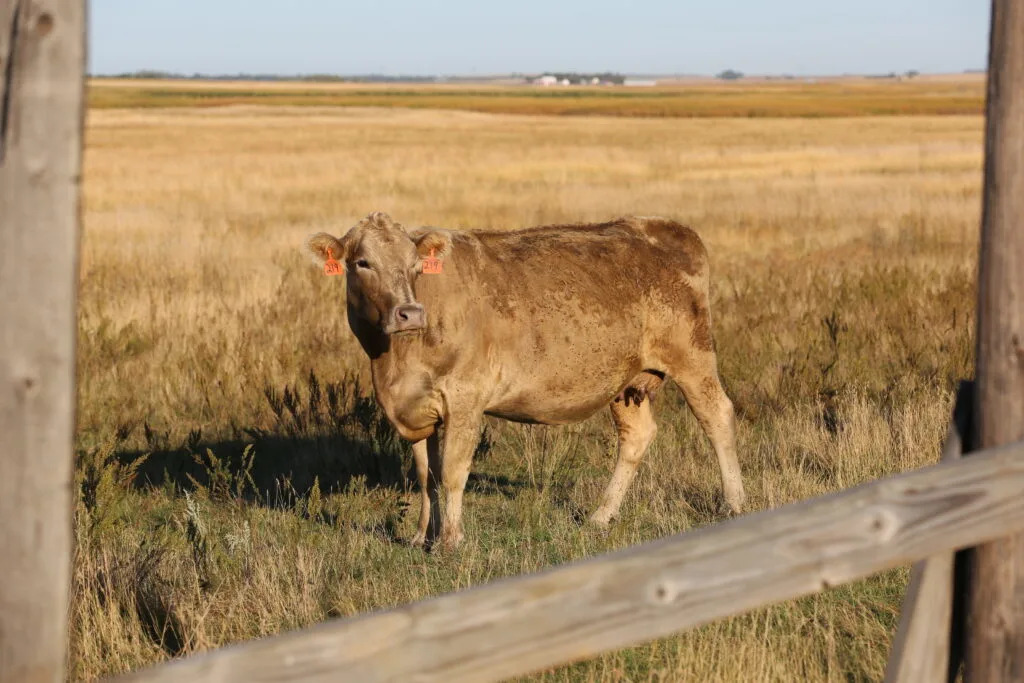
A cow in a pasture near Eureka in September 2024. (Joshua Haiar/South Dakota Searchlight)
South Dakota State University is working to get back about $66 million in federal funding it lost when the Trump administration canceled a grant program it said was a “climate slush fund.”
The U.S. Department of Agriculture awarded South Dakota’s largest university $86 million in 2023 to research the impact of bison and cattle ranchers’ land management practices on soil health, and to open markets for farmers and ranchers using those practices. It was the largest research grant in South Dakota higher education history.
The grant came from the Partners for Climate-Smart Commodities program. Since 2022 during the Biden administration, the USDA had awarded 141 projects across the country a total of $3 billion. In April, the Trump administration terminated the grants and renamed the program Advancing Markets for Producers, saying “select projects may continue if it is demonstrated that a significant amount of the federal funds awarded will go to farmers.”
Federal Fallout
As federal funding and systems dwindle, states are left to decide how and whether to make up the difference.
Brooke Rollins, head of the USDA, said at the time that the Biden-era version of the program “was largely built to advance the green new scam,” a reference to policies undertaken by Biden to address climate change.
SDSU had already spent about $20 million when the climate-smart grants were terminated. The university lost an additional $1.4 million in other grant funding from the program. Two other South Dakota institutions also lost grant funding: the University of South Dakota lost $223,892, and South Dakota Mines lost $1.3 million.
The new program requires at least 65% of funding to go toward producer incentives, instead of 35% under the earlier version of the program. Kristi Cammack, assistant dean for SDSU agriculture West River operations, said the university renamed the project from “The Grass is Greener on the Other Side: Developing Climate-Smart Beef and Bison Commodities” to “Producers first: incentivizing land management and advancing markets for US beef and bison operations,” and shifted some funding originally intended for research toward producer incentives.
“We learned quite a bit over the two years we’ve been working on this, so we’ve been able to make educated shifts from research to producers while still being able to answer research questions,” Cammack said.
SDSU resubmitted its research proposal at the end of June with the hopes of regaining the award by the end of the summer.
“Producers are at the crux of the whole project,” Cammack said.
The five-year program encourages bison and cattle producers to implement conservation land management and grazing practices. They collect soil samples measuring microbes and other indicators of soil health and carbon sequestration as a result of the changes. The program also has a goal of introducing those producers to new markets with customers interested in eco-friendly practices.
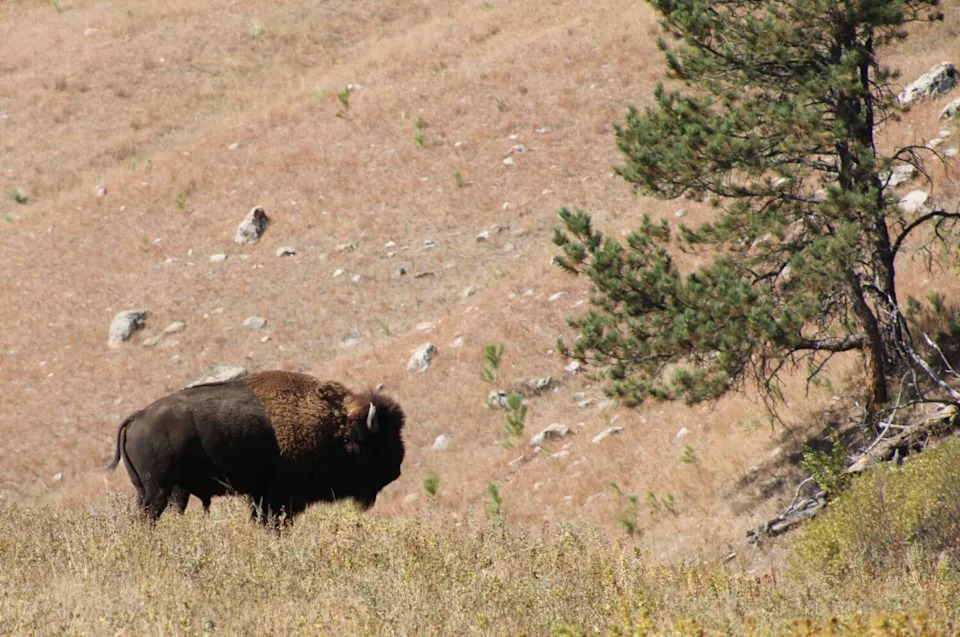
More than 100 producers, primarily raising cattle, were participating in the project at the time of termination. More were preparing to enroll this year. SDSU had eight faculty members working on the project, along with four other staff members and several graduate students, Cammack said.
If re-awarded the funding later this summer, Cammack said the team will have a “busy fall” collecting soil samples before the ground freezes.
The grant cancellation is “interruptive,” she added, but her group is “nimble” and “research projects never go perfectly.”
The grant cancellation comes during a period of broader concern about university research funding. Federal funding for science is the lowest in years due to cuts made by the Trump administration and has been declining for decades as a share of gross domestic product.
President Donald Trump proposed “draconian cuts” this spring, said Daniel Scholl, vice president of research and economic development at South Dakota State, to federal research funding agencies such as the USDA, National Institutes of Health and National Science Foundation – the three largest funding agencies from which SDSU receives research grants.
Scholl said he hopes Congress will resist the cuts, but is “uncertain where things will land.”
“We’re optimistic based on the efforts members of Congress are putting out to restore research funding and preserve the prowess of U.S. research and enterprise that’s largely driven by universities,” Scholl said.
If the university isn’t able to reinstate the remainder of its grant for the bison and cattle research project, Cammack said her team plans to apply for other grants and work with other partners to continue the program.
SUBSCRIBE: GET THE MORNING HEADLINES DELIVERED TO YOUR INBOX

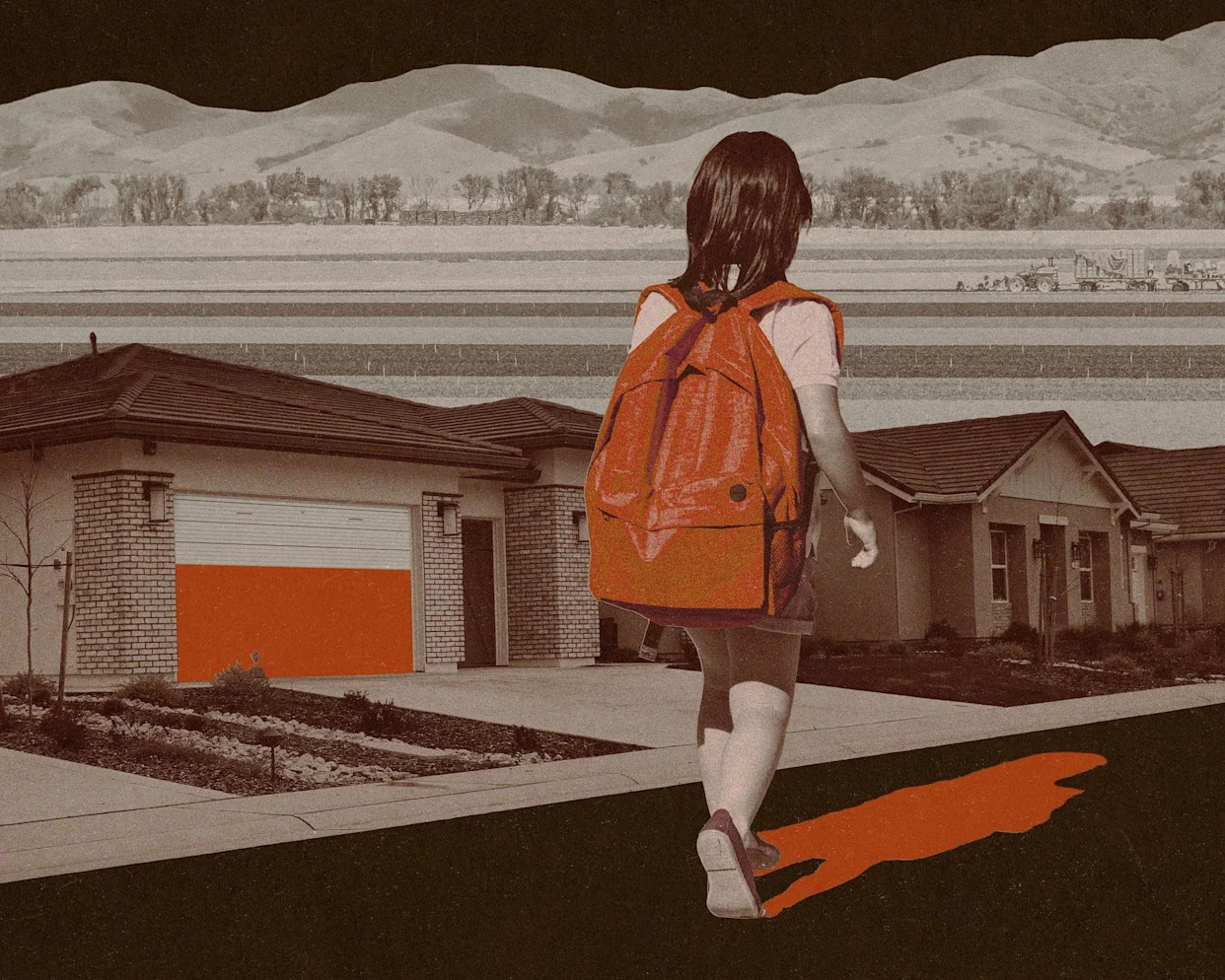


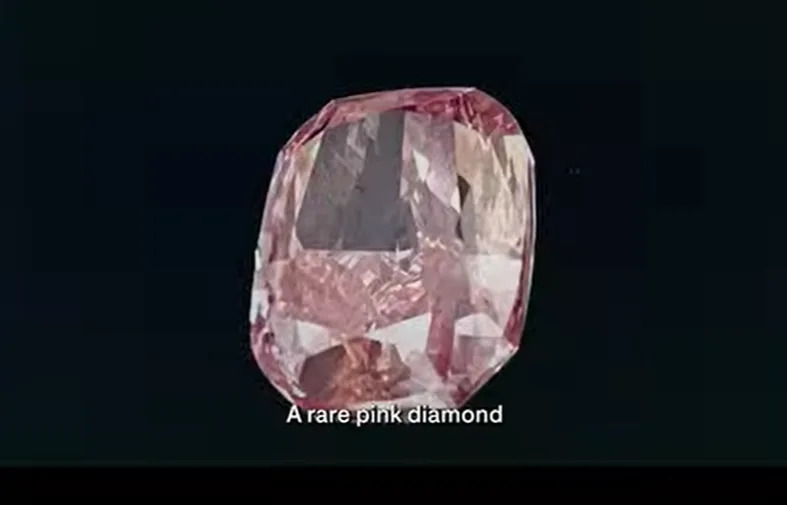


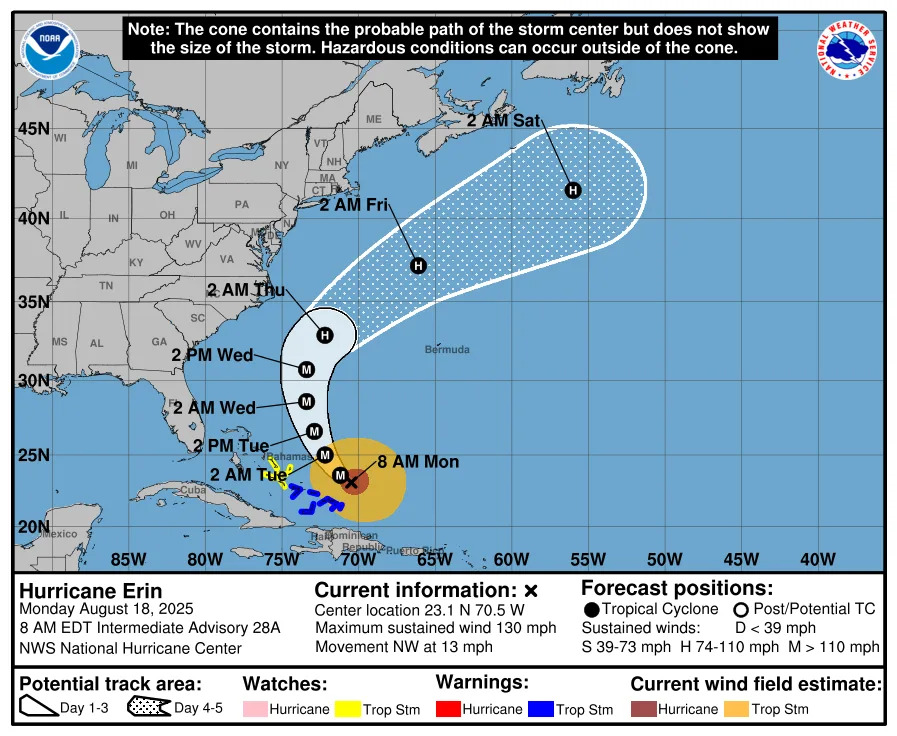
Comments